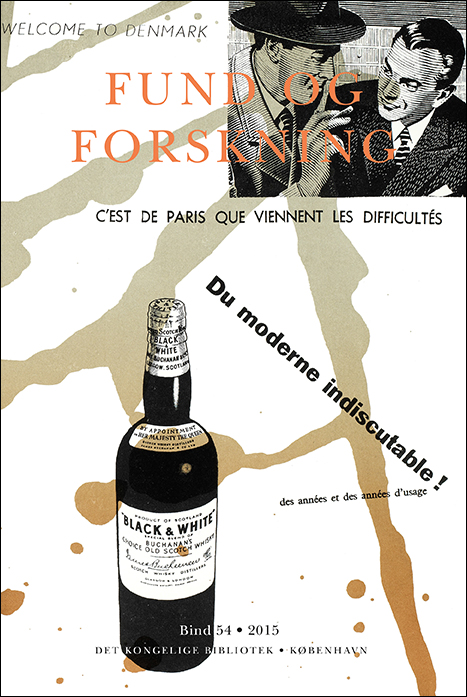Om Kilderne til kilderne. Birger Munk Olsen og studiet af de latinske klassikere indtil år 1200
DOI:
https://doi.org/10.7146/fof.v54i0.118880Resumé
Erik Petersen: Fontes Fontium. Birger Munk Olsen and the Study of the Latin Classical Authors up to 1200
In this presentation, the basic intentions, definitions and overwhelmingly rich results of professor Birger Munk Olsen’s magisterial opus magnum L’Étude des auteurs classiques latins aux XIe et XIIe siècles are briefly described.
The first volume of L’Étude was published in 1982, the sixth and latest volume (= tome IV. 2) in 2014. BMO includes 57 authors from the end of the third century B.C. to the beginning of the fourth A.D. in his catalogue of Latin classical manuscripts copied in the 9th to the 12th centuries. The rationale for including the 9th and 10th centuries is that readers in the 11th and 12th centuries were still using books copied in the previous centuries. BMO also makes references to manuscripts copied before 800, the period covered by E. A. Lowe in Codices Latini Antiquiores. Since Bernhard Bischoff’s Katalog der festländischen Handschriften des neunten Jahrhunderts, mit Ausnahme der wisigotischen had not yet been published, the truly pioneering effort of BMO is related to his meticulous descriptions of the huge number of classical manuscripts copied in the period from the Carolingian Renaissance to the Renaissance of the 12th Century. His catalogue of individual manuscripts is followed, in vol. III. 1, by an equally detailed catalogue of the Latin classics in the libraries of the Middle Ages, based primarily on information collected in individual manuscripts and in a variety of medieval book lists and inventories.
The two most recent volumes, La réception de la littérature classique. Travaux philologiques (IV. 1), and La réception de la littérature classique. Manuscrits et textes (IV. 2) are dedicated to broader issues of copying, reading and using texts and manuscripts, in a more synthetic manner than in the previous volumes. Still they draw upon BMO’s myriads of observations of details in the manuscripts and the experience of a long life in the company of the people who produced the books and used them.
Denmark’s role in preserving and promoting classical literature during the Middle Ages was of little significance and less glory. During the Carolingian Renaissance Vikings were known to steal or destroy books rather than to read them. In the 12th century they had become less belligerent, perhaps, but still not very adaptive to classical literature. Of the 33 codices in the Royal Library included in EACL, 32 arrived in Copenhagen in the Early Enlightenment or later and had not been copied or studied in Denmark in the Middle Ages. Saxo Grammaticus marks a turning point, well-read in and dependent on classical authors as he was, but he completed his Gesta Danorum in the early years of the 13th century. However, he is known to have used a Justinus codex copied before the turn of the century, preserved in the Royal Library as GKS 450 2º. It was probably brought to Denmark from France by Archbishop Absalon, who lent it to Saxo and bequeathed it to the Cistercian monastery at Sorø. It remains a remarkable fact that the Justinus codex is the only extant manuscript of a Latin classical author recorded as being in Denmark before 1200.
With the results of years of concentrated, hardcore research assembled in his L’Étude des auteurs classiques latins aux XIe et XIIe siècles Birger Munk Olsen has more than amply compensated for the meagre attention paid to the classics in early medieval Denmark. To the immense benefit of the scholarly community he has laid a new foundation for the study of the Latin classical authors, their transmission, use and history, which will surely prove indispensable for generations.


